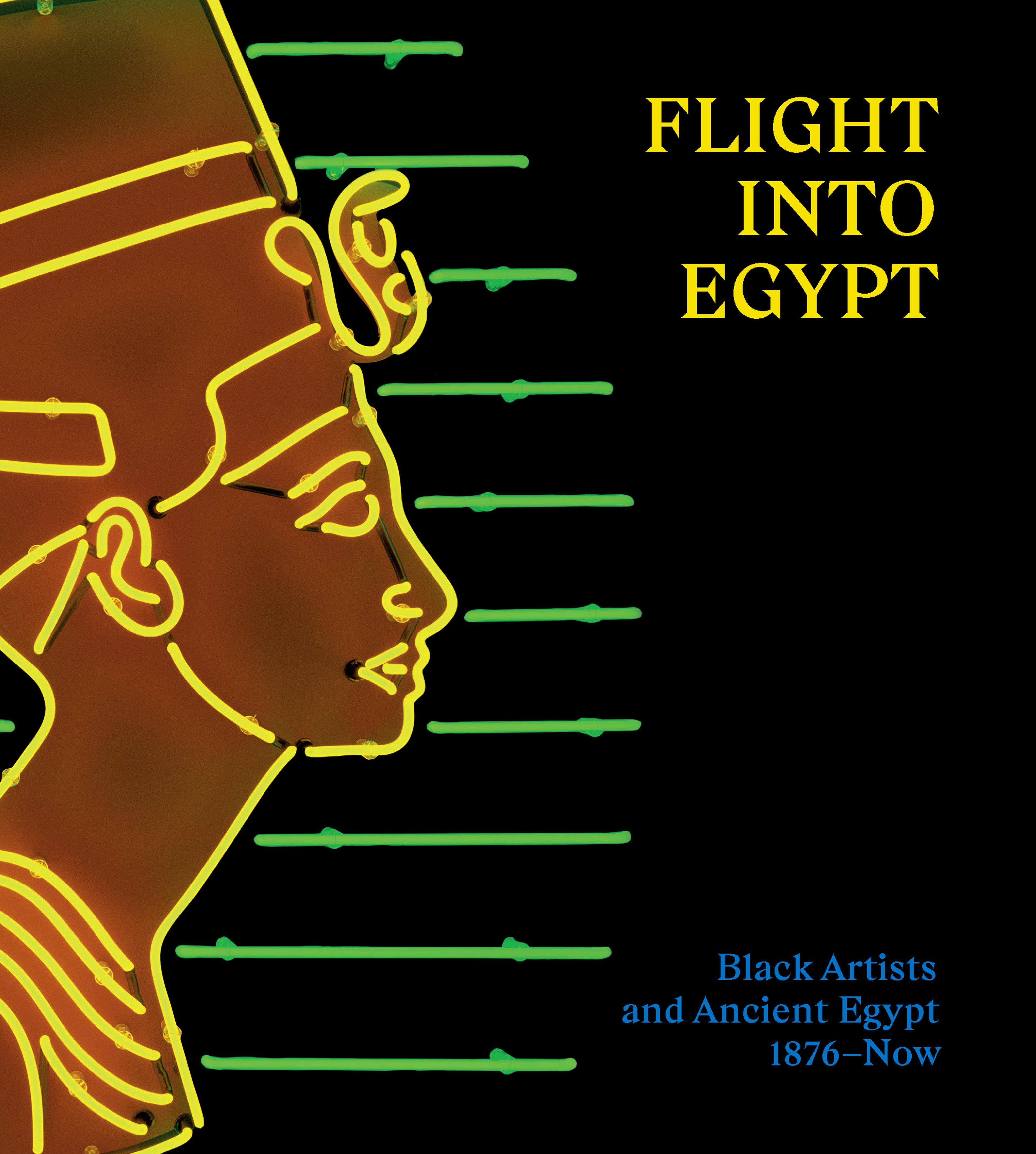Shabti of Seti I
This shabti was one of hundreds made for the pharaoh Seti I, the father of Ramesses II. Shabtis were placed in a tomb so the owner's spirit would not have to perform manual labor in the afterlife. The figurines were often inscribed with the "shabti text" – chapter 6 of the Book of the Dead – a spell that exhorts the shabti to substitute itself if the owner is asked to till the fields, irrigate the land, or transport sand from east to west. To this end, even royal shabtis are often depicted clutching a pick and a hoe, and with a basket hanging over one or both shoulders. In this example, the king holds the hoe in both hands, without a basket on the back.
Artwork Details
- Title:Shabti of Seti I
- Period:New Kingdom, Ramesside
- Dynasty:Dynasty 19
- Reign:reign of Seti I
- Date:ca. 1294–1279 B.C.
- Geography:From Egypt, Upper Egypt, Thebes, Valley of the Kings, Tomb of Seti I (KV 17)
- Medium:Faience, paint
- Dimensions:H. 30.5 × W. 8.8 × D. 6.5 cm (12 × 3 7/16 × 2 9/16 in.)
- Credit Line:Purchase, Edward S. Harkness Gift, 1926
- Object Number:26.7.919
- Curatorial Department: Egyptian Art
More Artwork
Research Resources
The Met provides unparalleled resources for research and welcomes an international community of students and scholars. The Met's Open Access API is where creators and researchers can connect to the The Met collection. Open Access data and public domain images are available for unrestricted commercial and noncommercial use without permission or fee.
To request images under copyright and other restrictions, please use this Image Request form.
Feedback
We continue to research and examine historical and cultural context for objects in The Met collection. If you have comments or questions about this object record, please contact us using the form below. The Museum looks forward to receiving your comments.
